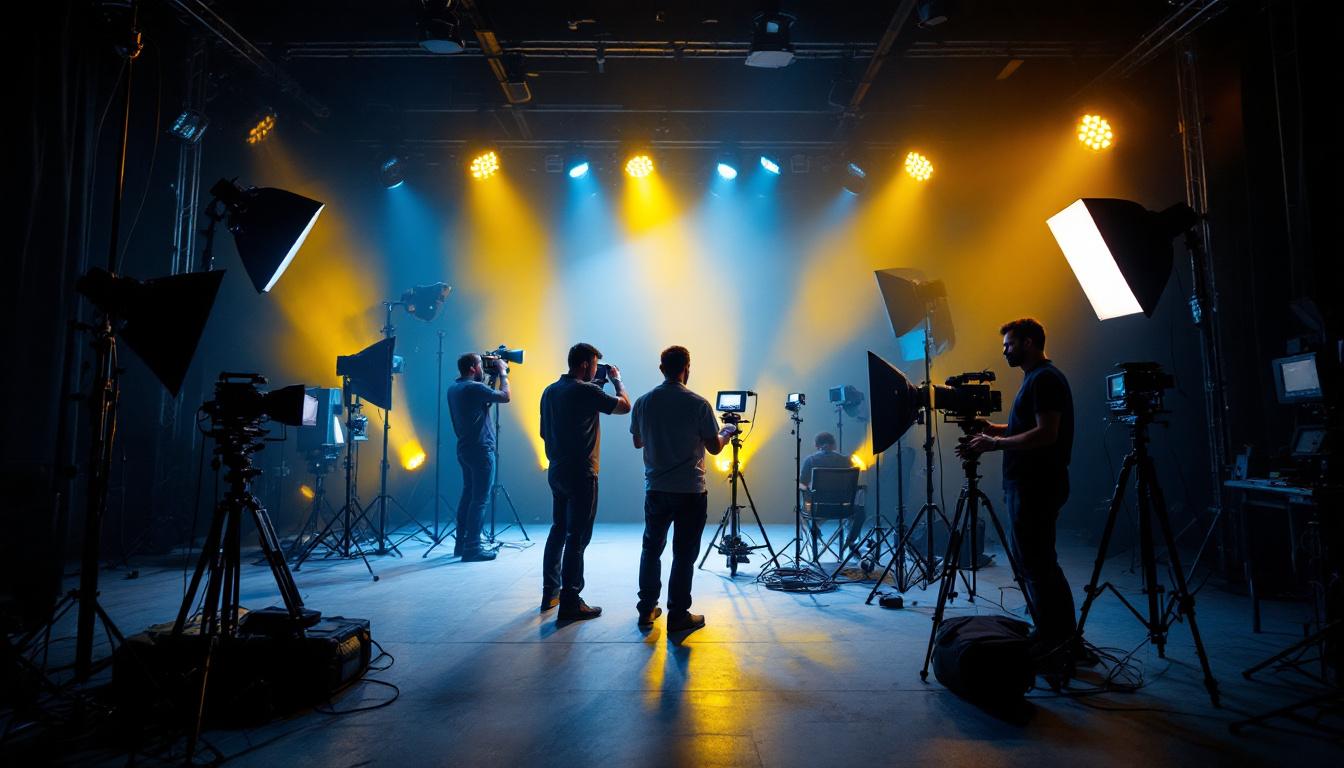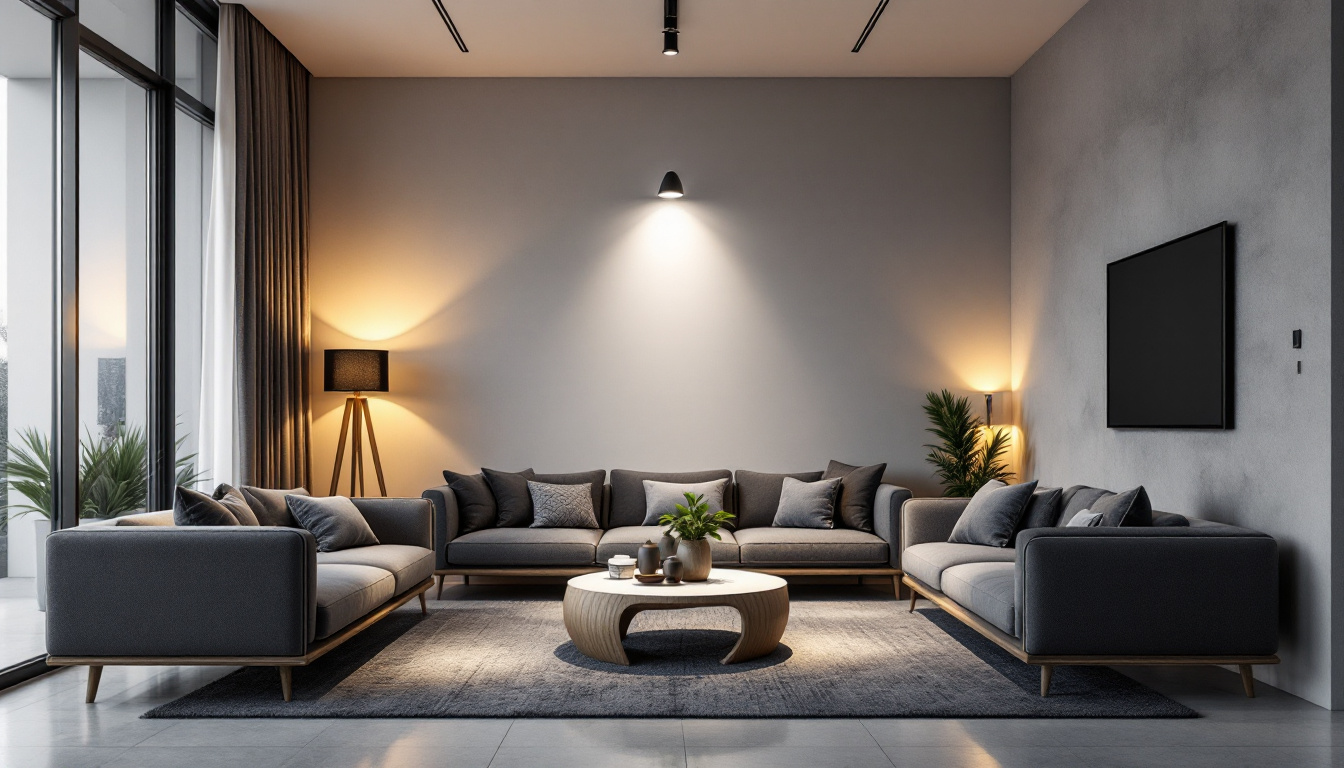
Lighting plays a crucial role in the cinematic experience, influencing mood, atmosphere, and storytelling. For lighting contractors, understanding the nuances of cinema lights is essential to delivering high-quality installations that meet the specific needs of filmmakers and production teams. This article aims to demystify cinema lighting, providing insights into types of lights, techniques, and considerations that every lighting contractor should know.
Lighting in film is not merely about visibility; it shapes the narrative and enhances emotional resonance. Proper lighting can create tension, evoke nostalgia, or even transport the audience to another world. For lighting contractors, recognizing the significance of light in storytelling is vital. It allows for the creation of scenes that resonate with viewers on a deeper level.
Moreover, lighting sets the tone and mood of a scene. A well-lit scene can highlight a character’s emotions, while shadows can create a sense of mystery or foreboding. Understanding how to manipulate light to achieve these effects is a skill that every lighting contractor should master. The subtleties of light can influence how an audience perceives a character’s intentions or the atmosphere of a setting. For instance, a brightly lit room may suggest safety and comfort, whereas dim lighting can evoke feelings of uncertainty or danger, guiding the audience’s emotional journey through the film.
Additionally, the interplay of light and shadow can serve as a visual metaphor, reflecting the internal struggles of characters or the overarching themes of the narrative. By carefully crafting lighting setups, filmmakers can subtly reinforce the story’s message, making it more impactful. This intricate relationship between light and storytelling is what makes lighting design not just a technical skill, but an art form in its own right.
There are several types of lights commonly used in cinema, each with its own unique characteristics and applications. Familiarity with these types is essential for lighting contractors who aim to provide tailored solutions for various filming requirements.
In addition to these, there are specialized lighting tools such as softboxes and reflectors that help diffuse or redirect light, allowing for even more control over the visual outcome. Softboxes can create a flattering, diffused light that minimizes harsh shadows, making them ideal for close-ups of actors. Reflectors, on the other hand, can bounce light into shadowed areas, enhancing the overall illumination without the need for additional light sources. Understanding how to effectively combine these various lighting instruments can elevate a film’s aesthetic and ensure that the intended mood is achieved with precision.
Three-point lighting is a foundational technique in film lighting that involves the use of three distinct light sources: the key light, fill light, and back light. This method creates depth and dimension, allowing the subject to stand out against the background.
The key light is the primary source, providing the main illumination. The fill light softens shadows created by the key light, while the back light adds separation between the subject and the background. Mastering this technique enables lighting contractors to create professional-looking setups that enhance the visual quality of a film.
Understanding color temperature is crucial for lighting contractors. Different light sources emit varying color temperatures, measured in Kelvin. For example, daylight has a color temperature of around 5600K, while tungsten lights are typically around 3200K.
Achieving proper white balance is essential for maintaining color accuracy in film. Lighting contractors must ensure that the color temperature of the lights matches the desired look of the scene, which may involve using gels or filters to adjust the light output.
Lighting ratios refer to the relationship between the key light and fill light. By adjusting these ratios, lighting contractors can create different moods and effects. A higher ratio, where the key light is significantly brighter than the fill light, produces a dramatic effect with strong shadows. Conversely, a lower ratio creates a softer, more even illumination.
Understanding how to manipulate lighting ratios allows contractors to tailor their approach to the specific needs of the scene, enhancing the overall visual storytelling.
Before embarking on a lighting design, it’s essential for lighting contractors to thoroughly understand the script and the director’s vision. Each scene has its own unique requirements, and lighting should align with the narrative and emotional tone.
Engaging in discussions with the director and cinematographer can provide invaluable insights into their intended look and feel. This collaboration ensures that the lighting design complements the storytelling, rather than detracting from it.
The physical environment where filming takes place significantly influences lighting design. Natural light sources, architectural features, and existing colors can all affect how lighting is applied. Lighting contractors must assess the location to determine how to best utilize available resources.
Additionally, set design plays a role in lighting considerations. The colors and materials used in the set can reflect or absorb light in various ways, impacting the overall aesthetic. A well-thought-out lighting plan takes these factors into account, ensuring a cohesive visual experience.
Budget limitations are a reality in film production, and lighting contractors must be adept at working within these constraints. This requires creativity and resourcefulness, as contractors may need to find cost-effective solutions without compromising the quality of the lighting.
Understanding the priorities of the production team can help contractors allocate resources effectively. Whether it’s investing in high-quality fixtures or opting for more affordable alternatives, balancing quality and cost is essential for successful lighting design.
Gels and filters are invaluable tools for lighting contractors, allowing for color correction and creative effects. Gels can be placed over lights to modify their color temperature, ensuring consistency across different light sources. This is particularly important when mixing various types of lights.
Filters can also be used to create specific moods or enhance the visual storytelling. For instance, a softening filter can create a dreamy effect, while a diffusion filter can soften harsh shadows. Mastery of these tools enables contractors to push the boundaries of traditional lighting design.
Different film genres often require distinct lighting approaches. For example, horror films may utilize stark contrasts and deep shadows to create a sense of fear, while romantic comedies might favor soft, warm lighting to evoke a sense of warmth and intimacy.
Understanding the conventions of various genres allows lighting contractors to adapt their techniques accordingly. This adaptability is key to meeting the expectations of directors and audiences alike, ensuring that the lighting enhances the overall narrative.
The film industry is constantly evolving, with new technologies and techniques emerging regularly. Lighting contractors should stay informed about the latest advancements, such as smart lighting systems and programmable fixtures, which offer greater flexibility and control over lighting setups.
Exploring innovative lighting solutions can open up new creative possibilities, allowing contractors to experiment with dynamic lighting effects that were previously unattainable. Embracing these advancements can set contractors apart in a competitive industry.
Safety is paramount in any lighting installation, especially in film production where equipment is often moved and adjusted frequently. Lighting contractors must adhere to safety protocols to prevent accidents and ensure a safe working environment for everyone involved.
This includes securing lights properly, using safety cables, and being aware of electrical hazards. Regular inspections of equipment and adherence to industry standards are essential practices that contribute to a safe filming environment.
Effective communication is crucial in the fast-paced world of film production. Lighting contractors must work closely with the crew, including the director, cinematographer, and production assistants, to ensure that everyone is on the same page regarding lighting setups and adjustments.
Clear communication helps to streamline the workflow, allowing for quick adjustments and problem-solving during shoots. Establishing a collaborative atmosphere fosters creativity and efficiency, ultimately leading to a more successful production.
The film industry is ever-changing, and lighting contractors must commit to continuous learning and adaptation. Attending workshops, industry events, and staying updated on the latest trends and technologies can enhance skills and knowledge.
Networking with other professionals in the field can also provide valuable insights and inspiration. By staying engaged with the industry, lighting contractors can remain competitive and innovative in their approach to lighting design.
Understanding cinema lighting is an essential aspect of being a successful lighting contractor. By mastering the fundamentals, exploring advanced techniques, and maintaining a commitment to safety and collaboration, contractors can deliver exceptional lighting designs that elevate the cinematic experience.
As the film industry continues to evolve, staying informed and adaptable is key. Embracing new technologies and innovative solutions will not only enhance the quality of lighting designs but also contribute to the overall success of film productions. With a comprehensive understanding of cinema lights, lighting contractors can play a pivotal role in bringing stories to life on the big screen.
Ready to bring your cinematic visions to life with exceptional lighting? At LumenWholesale, we provide lighting contractors like you with the highest quality, spec-grade lighting products at prices that can’t be beaten. Our extensive selection is designed to meet the rigorous demands of the film industry, ensuring that every scene is captured in the best light possible. Say goodbye to inflated markups and hello to hassle-free bulk buying with free shipping. Elevate your lighting designs and enhance your production value with the perfect blend of quality, affordability, and convenience. Discover the best value in wholesale lighting by visiting Wholesale Lighting at the Best Value and make your next project shine.

Discover why LED pot light replacement is essential for any successful lighting project.

Discover essential tips and common pitfalls for lighting contractors working with Seagull Lighting.

Discover how transitioning from T12 to LED lighting can significantly enhance your business’s profitability.

Discover essential insights for lighting contractors on optimizing garage lighting.